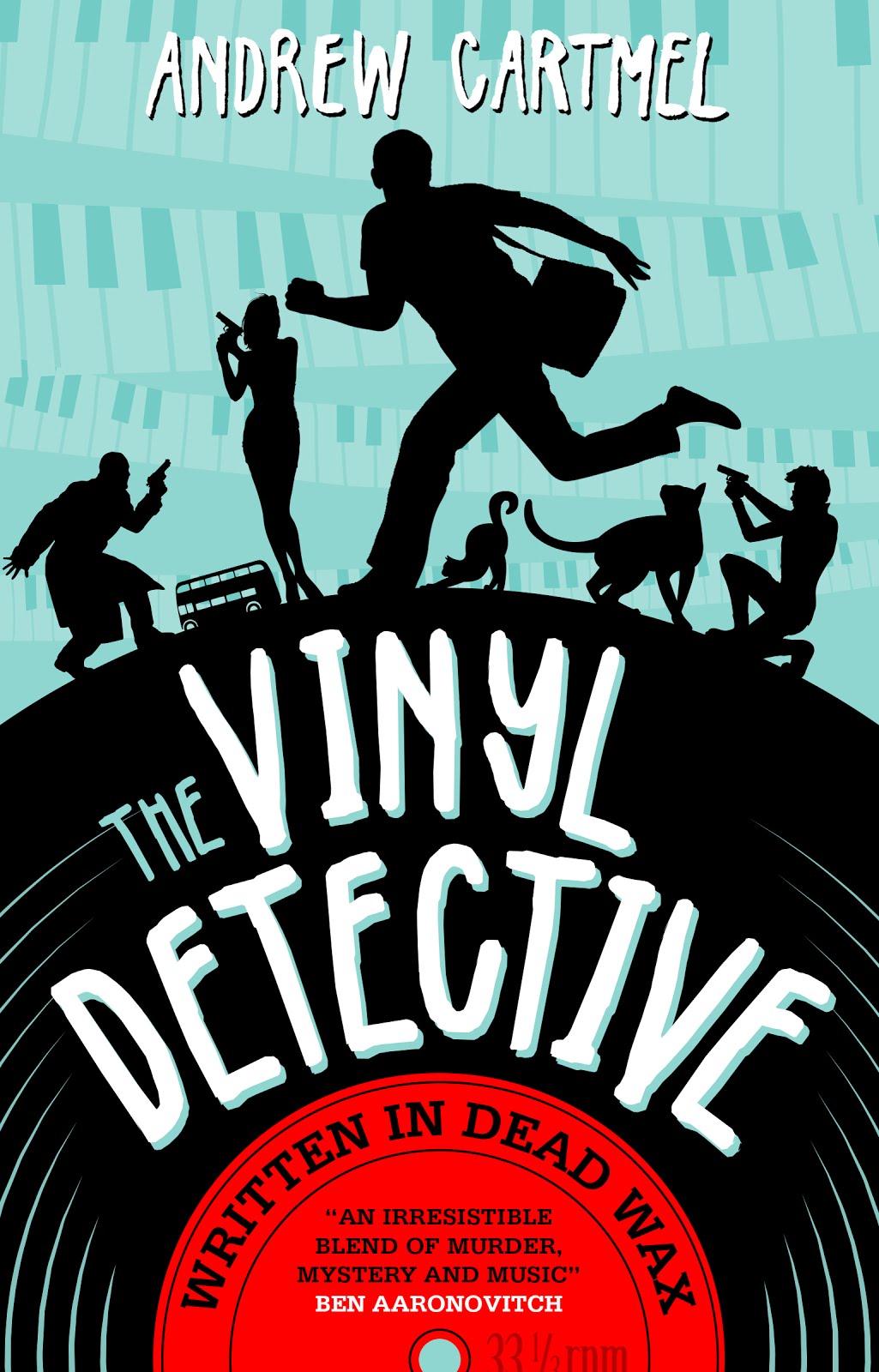 This immediately sounded great — huge, clean sound. It’s one of the very first pressing Impulses (and one of their first releases, with the glossy Am-Par label, and an RVG etching). A mono copy. I bought it from Jazz House yonks ago (August 2012) — where good old Alan had correctly listed it as a first pressing. It cost the princely sum of eight quid.
This immediately sounded great — huge, clean sound. It’s one of the very first pressing Impulses (and one of their first releases, with the glossy Am-Par label, and an RVG etching). A mono copy. I bought it from Jazz House yonks ago (August 2012) — where good old Alan had correctly listed it as a first pressing. It cost the princely sum of eight quid. This copy has a sticker which declares it comes from the ‘Jones Collection’ (‘Mr/Mrs Robert E. Jones' followed by a Dorset address). There was a track on Side 1 which I would swear was from Finian’s Rainbow, but no, apparently not. Still, great stuff. And stellar audio quality. It sounds like the horns are in the room with me. This could be an audiophile demonstration record.
 I wonder if I got any other records from Mr and Mrs Robert E. Jones? They seem to have owned some winners. An amazing record, a steal of a deal and almost perfect. This still looks grubby. Let’s clean it again. And again, if necessary. A wonderful record and worth the effort.
I wonder if I got any other records from Mr and Mrs Robert E. Jones? They seem to have owned some winners. An amazing record, a steal of a deal and almost perfect. This still looks grubby. Let’s clean it again. And again, if necessary. A wonderful record and worth the effort.What strikes me on a second listening — after a second cleaning — is the immense richness of the musical tapestry here. Benny, you’re my hero! The track that sounds like something out of Finian’s Rainbow is ‘The Midnight Sun Will Never Set’ which is reminiscent — to me — of ‘How Are Things in Glocca Morra?’
Such lovely rich big ensemble sound. Carter, you’re a genius! This album is a towering classic. What were the earlier definitions, and where can I get the first album? Well, having looked, it turns out that this is the first album, and the follow up is Additions to Further Definitions (1966).
Apparently this one is a follow up in some senses, too, though — to a 1937 session in Paris with Coleman Hawkins and Django Reinhardt, which echoed the instrumentation here, and also some of the songs. Learn more here. Those four 1937 tracks are on the Coleman Hawkins All Stars 10 inch album. Oh my god, I have got a copy of it on my shelf! Well, that’s next on the turntable. Back to Further Definitions.

Great, graceful, beautifully contoured sheets and slopes of sound. A phenomenal gem of an album.
Benny Carter and His Orchestra
Further Definitions (Impulse A-12)
(Image credits: All are from Discogs. I could only find a shot of the stereo label. Mine is mono.)





















